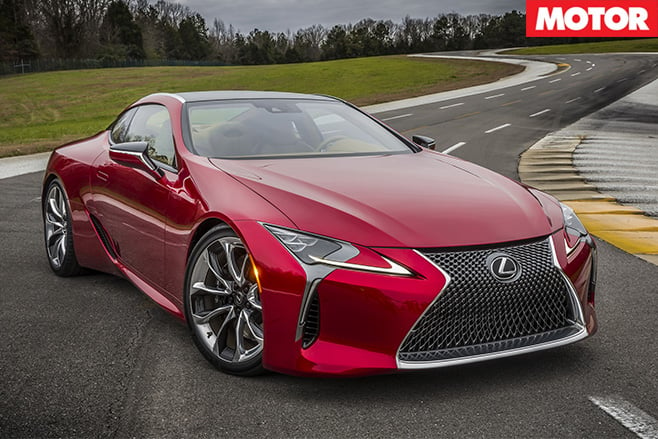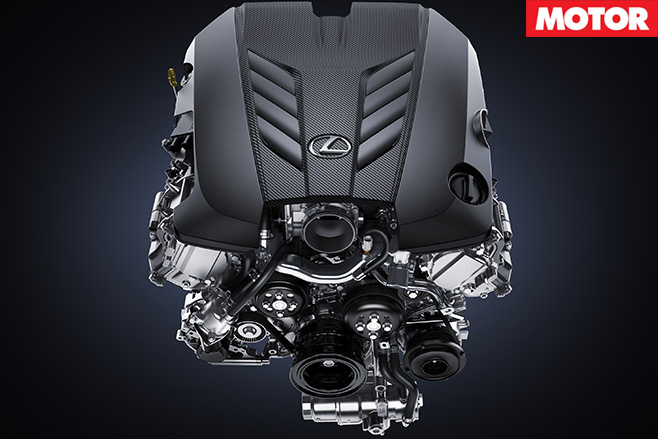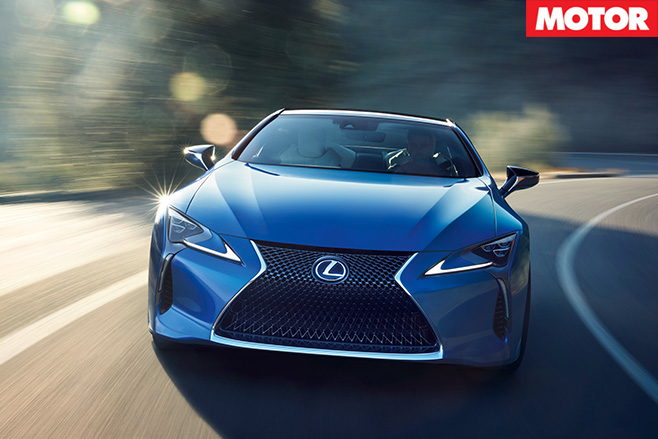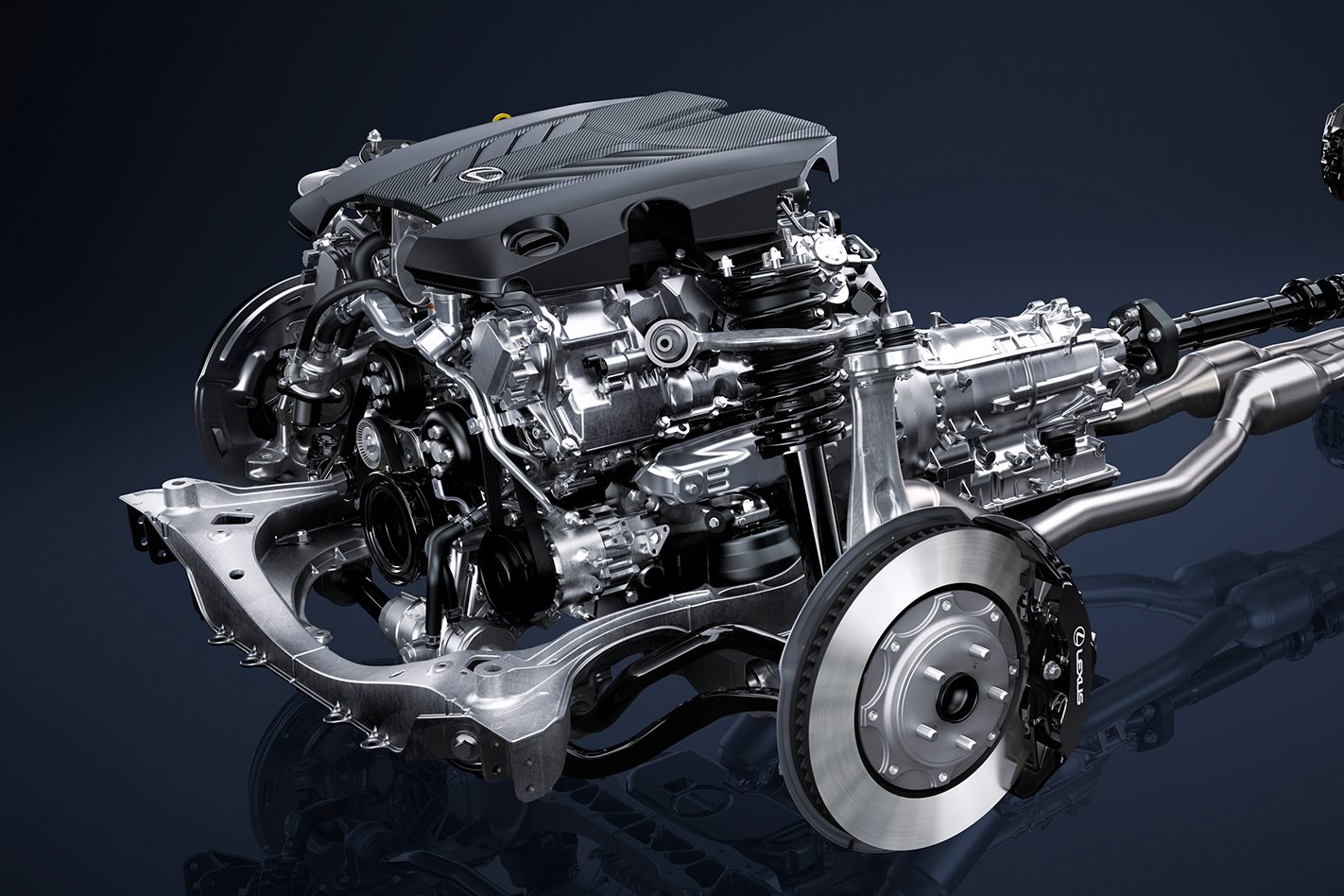The world’s car makers are often sheep-like in their adoption of vehicular fashions. However, they – and transmission manufacturers – certainly aren’t aligned on the best way to transmit power.
With the traditional manual on the wane, the jerky robotised manual, potentially unreliable dual-clutch auto, boring CVT and even the humble torque converter auto have all been offered as the transmissions of the future.
And it’s the latter that Lexus is set to adopt for its forthcoming LC 500, which is due next year. The grand touring coupe, which is based on the LF-LC concept car shown at Detroit in 2012, will feature a 10-speed auto.
It joins the likes of the 2017 Ford F150 Raptor and 2016 Chevrolet Camaro ZL1 in having 10 ratios. The underlying aim of the new gearbox is fuel economy, though the marketing benefits of a 10-speed can’t be overlooked.

Closely stacked cogs stop the revs from dropping off, which is particularly helpful for highly strung engines that make their power high in the rev range. On the other hand, there’s the time lost doing all those gear changes – the Lexus would do several in the sprint from 0-100km/h.
More importantly, in terms of driver appeal, will the boxset of 10 go down as a motoring ‘best-of’ or pale alongside the classic open-gated manual?
Well, the experience of riding a big whack of torque, using just one of two ratios, is one of the most delicious elements of piloting a big-engined, tall-geared car on a tight and twisty road. Think Commodore SS on a favoured slice of mountain tarmac, blasting from corner exit to entry in second and third…

If the manual is dead and multi-ratio ‘boxes waste time shifting gears, surely the CVT is set to rise? In theory, it could, however the CVT is not naturally a high-torque device, and anyone who has driven one knows why even the biggest CVT proponents are now giving their gearboxes artificial ratio steps to mimic a conventional auto.
While having a continuously variable gear ratio beats, well, pick any number between seven and 10 ratios (in the spec-sheet contest, at least) an elastic throttle and droning power delivery has no home in the hi-po car. Time will tell whether the 10-speed slusher does.
Paradigm shift
How Lexus does 10 cogs

2. DCA not a panacea Inefficiency of a torque converter is cited as why a dual-clutch auto is better; another is slow shift speed. However, modern autos with a high percentage lock-up (no slip during steady driving) have mostly eliminated the issue.
3. No snappy shifter The Aisin 10-speed auto due in the upcoming LC 500 is said to shift in 0.4sec. While quite snappy for an auto, it’s not as quick as a dual-clutch. The best dual-clutches, like the PDK in the 911 GT3 RS, can swap cogs in 0.09sec.
4. Numbers game The LC 500’s 5.0-litre V8, with twin cams per bank, will be quite top-endy. The closely-packed 10-speed will keep it singing. That said, given the bent-eight will make around 350kW and more than 500Nm, it probably wouldn’t be a slug with Three on the Tree, either.
5. Nine not enough With the coming of double-digit ratio counts, other brands have had to defend their position. Mercedes-Benz, for one, has said that it will draw the line at nine. The Aisin 10-Speed is also set to feature in General Motors and Hyundai vehicles, while Ford continues to develop a 10-speed, too.
On the boil
More cogs, less compromise

The advent of six-plus-speed gearboxes made it possible to keep the overdriven top gear (or gears) while still having a pseudo close-ratio ‘box. With a 10-speed, there should be more than enough ratios to have a real close-ratio ‘box and more than one overdrive ratio, giving the best of both worlds.





